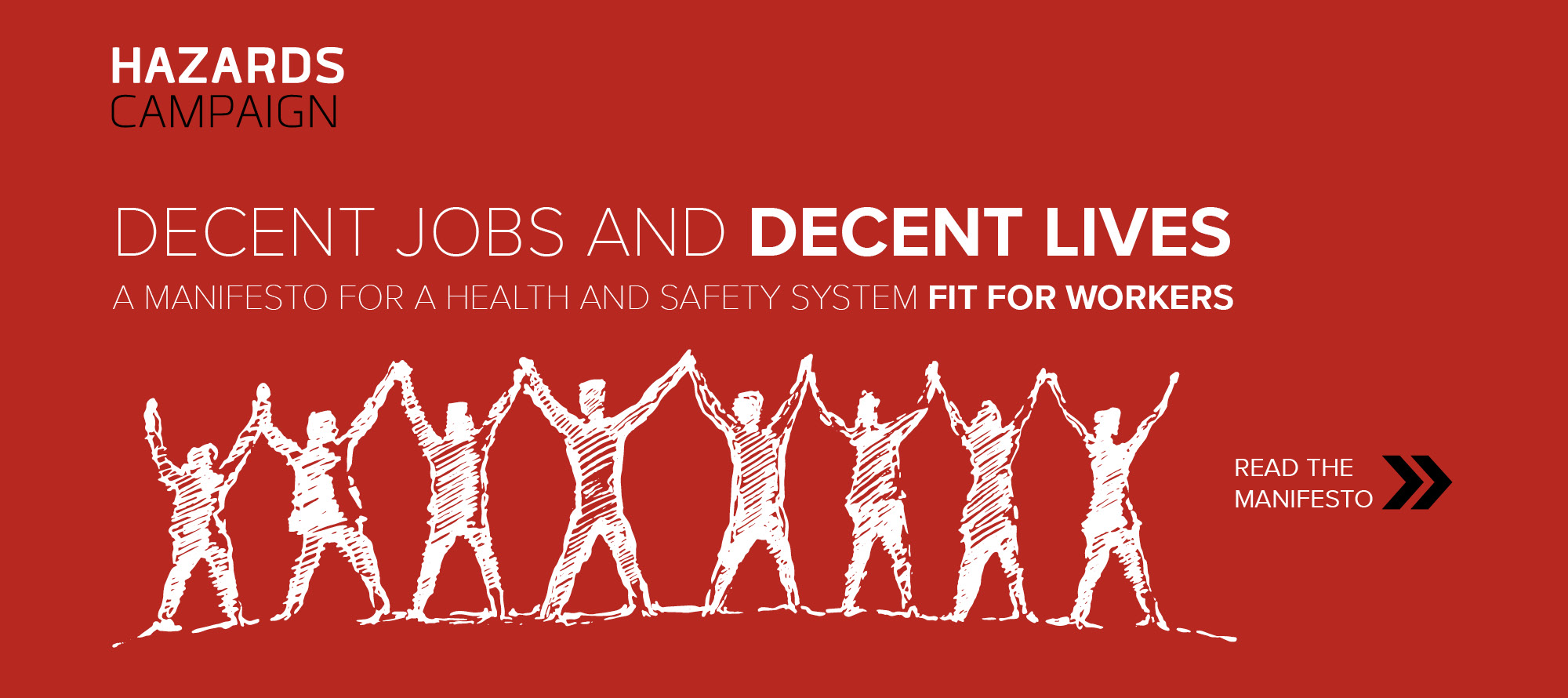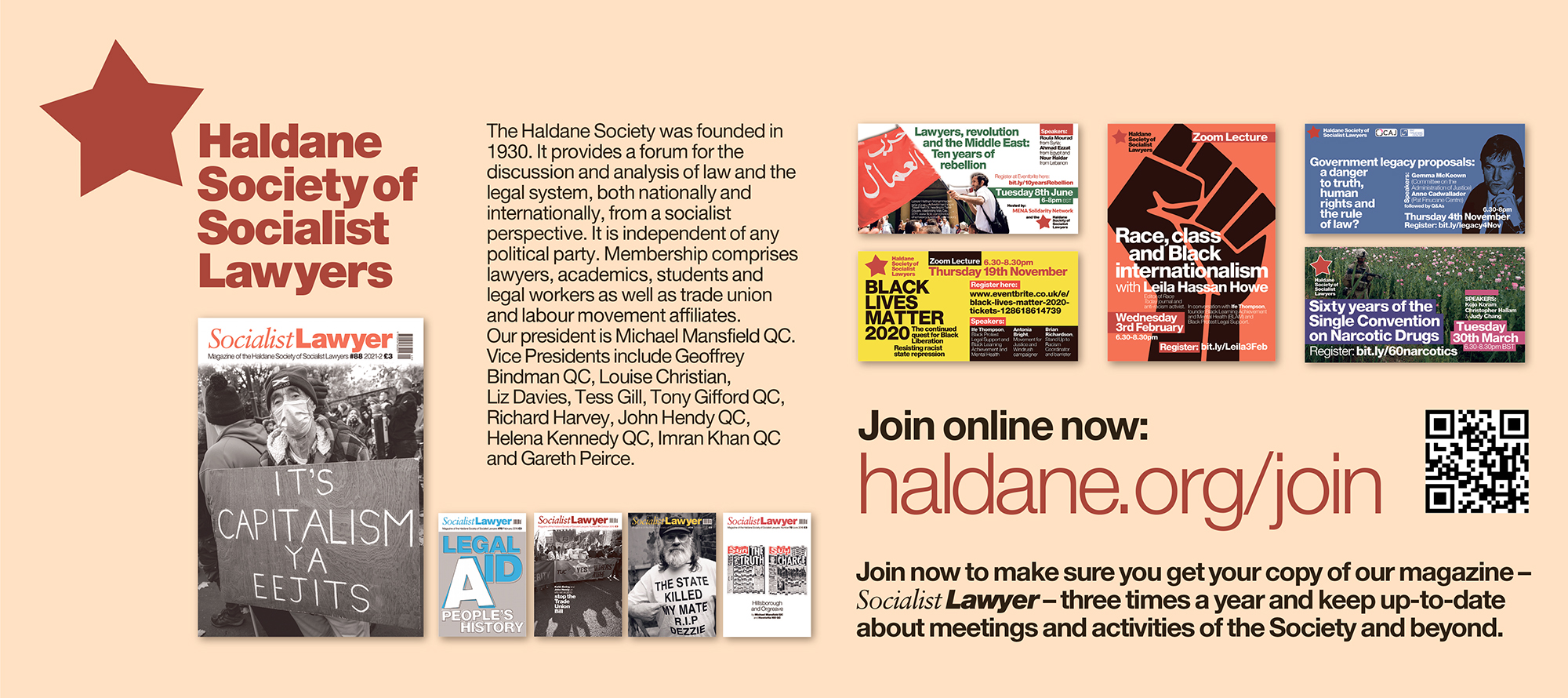ONS Employment figures
19 February 2015 Another quarter, another ONS employment figures release. Comparing the October to December quarter to July to September, employment rose slightly and unemployment fell slightly.
19 February 2015
Another quarter, another ONS employment figures release. Comparing the October to December quarter to July to September, employment rose slightly and unemployment fell slightly.
Unemployment fell by 97,000 over the three month period to December, and now stands at 1.86 million. The unemployment rate – the proportion of the economically active population (those in work plus those seeking and available to work) who were unemployed – fell from 6.0% to 5.7%.
The employment rate is now 73.2%.
Pay also has apparently increased by 2.1% on an annual basis. However, discounting bonuses pay growth is weak at 1.7%.
John Philpott, the director of The Jobs Economist, said to the Guardian;
“Although the December bonus season pushed growth in total average weekly earnings above 2%, underlying pay pressure as measured by regular average weekly earnings fell slightly.
“This suggests that the jobs rich economic recovery is still failing to boost labour productivity, which does not bode well for long-term improvement in UK living standards, even if very low price inflation is at present helping to raise real incomes,” he said.
Productivity is particularly low in areas such as Lancashire, Staffordshire, West Wales and the Welsh valleys, reflecting the decline in industry.
Commenting on the latest labour market statistics, TUC General Secretary Frances O’Grady said:
“At the current rate of progress it will take until at least the end of the next parliament just for wages to recover their lost value. There is still a long way to go before we see a full labour market recovery.
If wages had continued to grow at their pre-recession rate, they would be around £100 per week higher than they are currently.
“The failure to make progress on youth unemployment is a big concern. The government seems to have given up, with the Conservatives suggesting young people should be forced into zero-pay workfare, instead of fair pay jobs.”
Youth unemployment remains a serious concern; the proportion of those aged 16-64 who were economically inactive (the inactivity rate) was 22.3%, or 740,000 young people.
There are two things to consider when looking at these statistics. Firstly, the quality of jobs must be questioned, not just the quantity. The proliferation of part-time jobs, self-employment and underemployment skews these figures into looking much more positive than they actually are.
A real recovery in which productivity is strong and income inequality is reduced must be achieved through collective bargaining. Collective bargaining is a proven method of lifting nations out of economic crises and creating a more stable, and of course equitable, economy moving forward.
To find out more about collective bargaining, the IER’s Reconstruction After the Crisis: A Manifesto for Collective Bargaining is available for purchase.





